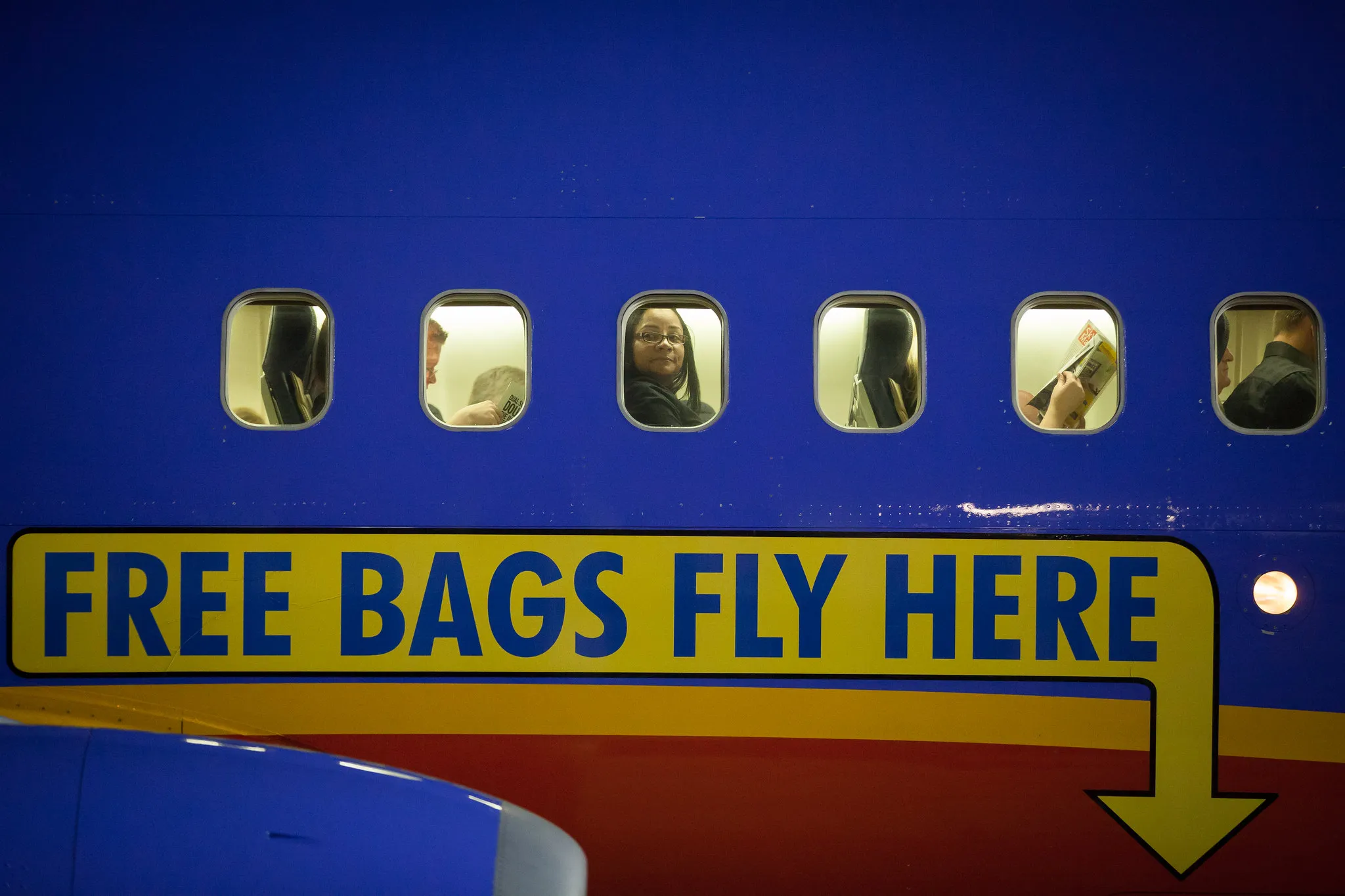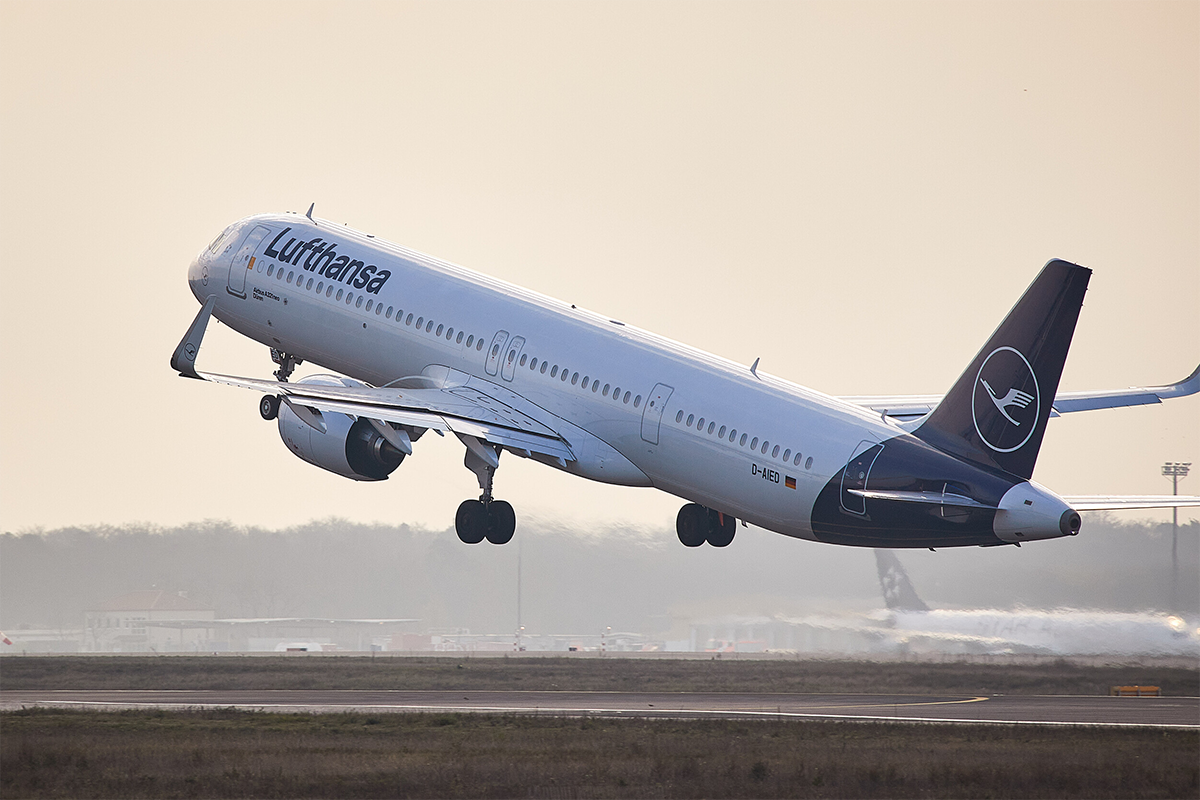Trip.com Group’s Softer Growth Shows Extent of China Outbound Slowdown
Skift Take
Growth is decelerating for Trip.com Group, with the largest online travel company in China even foreseeing the possibility of single-digit growth in the fourth quarter that would be a dubious first in its 20-year history.
Revenue rose 12 percent to $1.5 billion (RMB10.5 billion) in the third quarter over the same period in 2018. This compares with a 15 percent revenue growth seen in third quarter of 2018 over the third quarter of 2017.
The company is offering guidance of 8 to 13 percent growth in the fourth quarter. An earnings call on Thursday shows the far-reaching impact that the Hong Kong protests and “macro” events — presumably the trade war — are having on China’s outbound market.
CEO Jane Sun spoke of “slower-than-expected travel demand,” be it domestic or overseas, pointing to this year’s October holiday as the “lowest level” seen in eight years.
The Chinese travel market has shrunk 15 percent year-on-year, she said. “Outbound traffic to Hong Kong declined more than 50 percent in recent months, which also resulted in a steep decline in the accommodation and air ticket prices,” Sun added.
Trip.com Group Chairman James Liang said: “Yes, certainly the recent events in Hong Kong [have] a negative impact on our outbound business, not just in Hong Kong, Macau, also Taiwan, Greater China regions — they’re negatively impacted. And also, not just from China, inbound to Hong Kong is almost completely gone.”
Liang is banking on travelers to readjust plans in the next three to six months period. “So as people readjust their travel plans, instead they may travel to destinations like Japan, we will see a pickup in those other destinations. So I think in the long run, over a [three to] six-month period, the effect will be much more limited,” he said.
Robust International Business
Despite the headwinds, Sun emphasized the group’s growth in the third quarter outpaced the industry’s.
What helped was a “robust growth momentum” in its international business.
International hotel business, excluding greater China destinations, grew 50 percent in the third quarter, while its Trip.com platform maintained a triple-digit growth in international air ticketing volume for the 12th consecutive quarter.
Liang said Trip.com is “actually increasingly becoming the venue for people to book international travel in Asia.”
International air tickets are the first product customers select, giving the platform the knowledge of where they are going. This enables Trip.com to target passengers with relevant cross offers, said Sun, such as hotels, in-destination train tickets, and tours and activities.
“Currently, our journey in the overseas market has just begun,” Sun said.
The company said it would continuously invest in strengthening its products and services, especially in the international market.
For instance, only a portion of the full functionality of its Chinese app is available for global users of Trip.com currently. Plans are to make the Trip.com app as comprehensive as the Chinese version.
The new TripAdvisor joint venture is another example of the investment it is making to gain the stickiness of global users, with the group believing this would equip customers with reviews that would help them in their buying decisions. Trip.com and Skyscanner have limited reviews at present, as Skift reported.
Sun said she was confident that the international business would contribute to 40-50 percent of the company’s total revenue in three to four years.
To a question from an analyst if the company has changed its strategy from expansion in secondary Chinese cities to expansion abroad instead, Sun said the “two fields are moving simultaneously.”
“Our domestic team is moving very aggressive by opening up offline stores and they are making very good progress, further penetrating into the third tier, fourth tier cities. And our pricing structure supports our strategy and [we] have seen very positive growth in the lower-tier cities.
“Our international team, on the other hand, also moves very rapidly to make sure we capitalize on the opportunity for outbound travel as well as the other opportunities globally. So these two strategies coincide with each other and will be [expanding]simultaneously very rapidly into both lower-tier cities as well as abroad,” she said.
A significant increase in traffic generated from offline stores and further penetration in lower-tier cities in China drove package tours revenue to $229 million (RMB1.6 billion) in the third quarter, a 19 percent increase from the same period in 2018 and a whopping 56 percent rise from the previous quarter.
Package tours is the group’s third revenue earner in the third quarter, after air tickets ($521 million) and accommodation ($576 million). Corporate travel generated $47 million the quarter.




